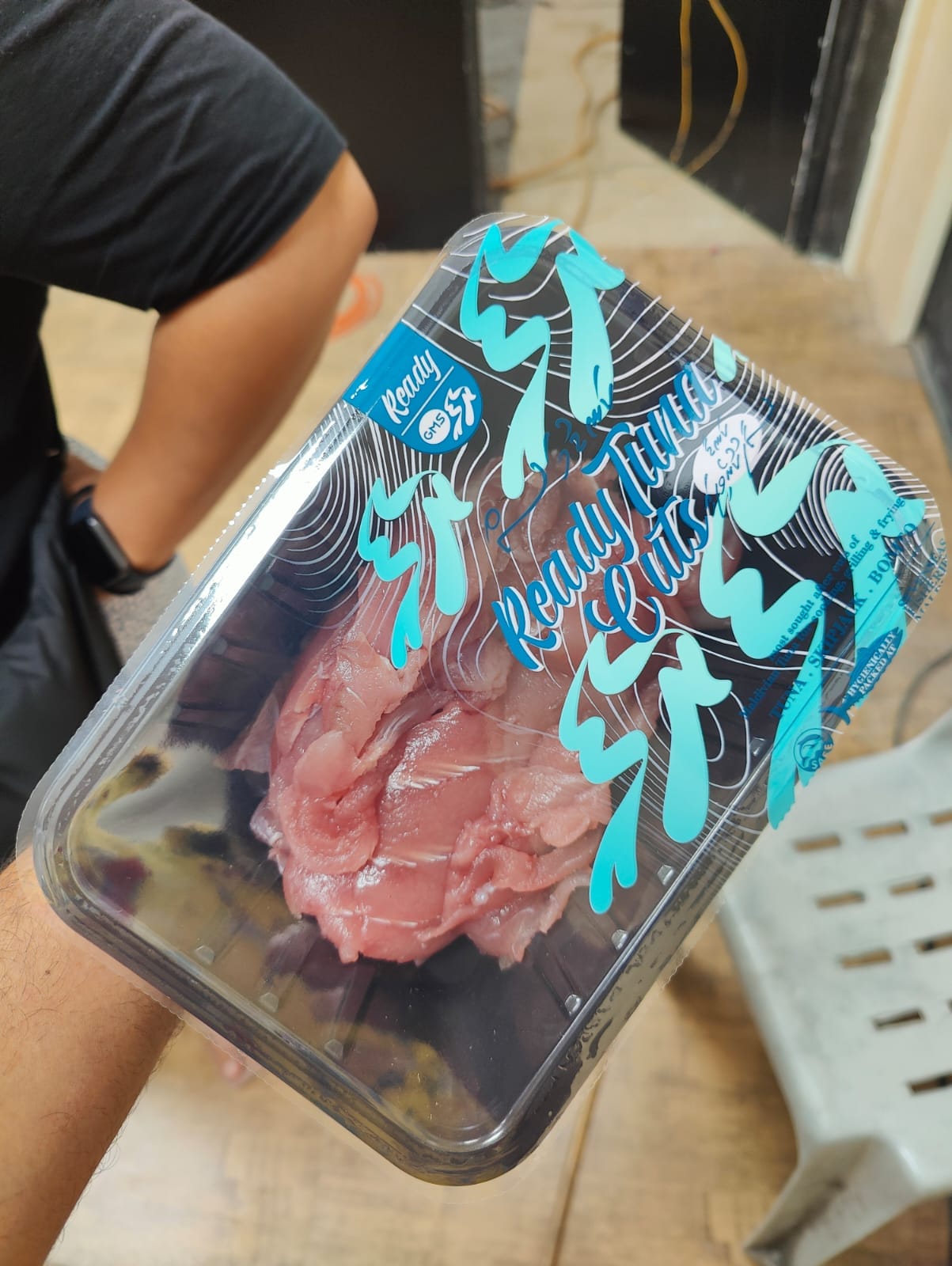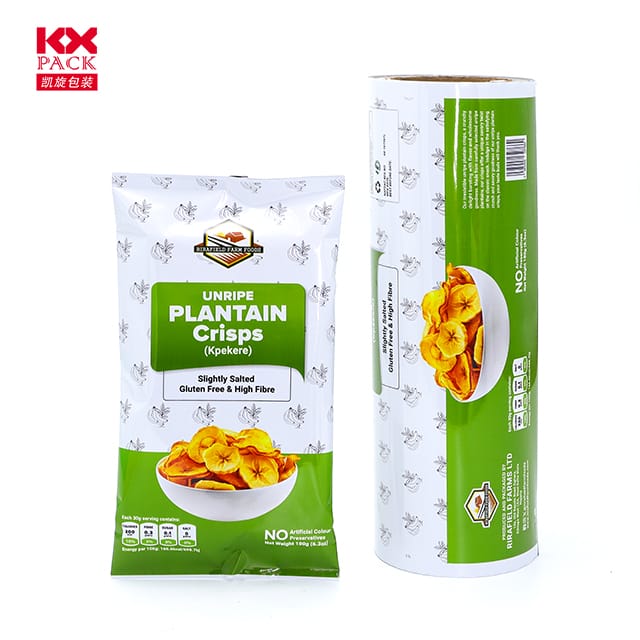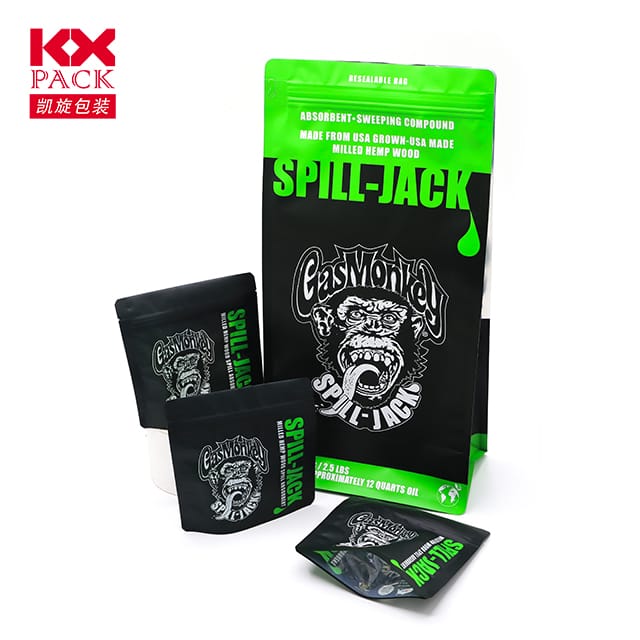Ewolucja i wpływ opakowań elastycznych filmów: Zrównoważona rewolucja (6)
Elastyczne filmy
W erze, w której zrównoważony rozwój, wygoda, oraz rozwiązania opakowań napędowych innowacji, Elastyczne opakowanie filmów pojawił się jako kamień węgielny współczesnego przemysłu. Od żywności i farmaceutyków po elektronikę konsumpcyjną, Te dostosowujące się materiały przekształcają sposób ochrony produktów, przewieziony, i przedstawione. Przeglądajmy dynamikę, trendy, oraz przyszły potencjał tego dynamicznego sektora.
Jakie są elastyczne opakowanie filmów?
Elastyczne opakowanie filmów odnosi się do lekkich, Materiały nieograniczone używane do kiszania produktów. W przeciwieństwie do tradycyjnych sztywnych pojemników, Te filmy - często złożone z polimerów takich jak polietylen (PE), polipropylen (PP), lub kompozytów wielowarstwowych-ustawiony na kształt ich zawartości, Minimalizacja odpadów i optymalizacja przestrzeni.
Kluczowe cechy obejmują:
- Lekki & Wytrzymały: Zmniejsza koszty wysyłki i ślady węglowe.
- Właściwości barierowe: Chroni przed wilgocią, tlen, i światło, przedłużenie okresu trwałości.
- Możliwość konfigurowania: Nadający się do druku, uszczelnione, i elastyczne do różnych formatów (torebki, torby, okłady).
Wzrost rynku & Kluczowe sterowniki
Globalny rynek elastycznych opakowań został wyceniony naUSD 210.62 miliard w 2023 i przewiduje się dotrzećUSD 238.91 miliard przez 2029, rosnąc na CAGR2.12%. Kluczowe sterowniki obejmują:
- Przejście z sztywnych na elastyczne rozwiązania: Marki nadają priorytetowo opłacalność i zrównoważony rozwój, faworyzowanie elastycznych filmów na cięższych, Mniej przyjazne dla środowiska alternatywy.
- Boom e-commerce: Sprzedaż detaliczna online wymaga lekkiego, Opakowanie odporne na obrażenia dla bezpiecznych dostaw.
- Opieka zdrowotna & Zapotrzebowanie na jedzenie: Farmaceutyki i towary łatwo psujące się wymagają sterylnych, szczelne opakowanie, Wpływanie na innowacje w filmach o wysokiej barierce.
Innowacje w nauce materialnej
Ostatnie postępy w elastycznej technologii filmowej koncentrują sięZrównoważony rozwój i wydajność:
- Struktury mono-materialne: Firmy lubią Huthtamaki są pionierskimi filmami pojedynczych polimerowych (NP., PE lub PP) Aby uprościć recykling.
- Filmy biodegradowalne: Wykonane z zasobów odnawialnych (NP., PLA), Zmniejszają odpady z tworzyw sztucznych.
- Powłoki o wysokiej barierze: Zaawansowane polimery takie jak Chlorek poliwinylidenowy (PVDC) lub alkohol winylowy etylenowy (Evoh) Zwiększenie okresu trwałości bez uszczerbku dla możliwości recyklingu.
Dynamika regionalna
Azja-Pacyfic dominuje na rynku, rachunkowość58% globalnego objętości w 2023, prowadzony przez:
- Szybka urbanizacja: Rosnące populacje klasy średniej w Chinach i Indiach zwiększają popyt na towary pakowane.
- Rozszerzenie e-commerce: Platformy zakupów online, takie jak Alibaba i Flipkart, polegają na elastycznych filmach dla wydajnej logistyki.
- Pchnięcie regulacyjne: Rządy nakazują ekologiczne opakowania, przyspieszanie przyjęcia filmów recyklingowych/kompostowalnych.
Wyzwania & Przyszłe perspektywy
Pomimo wzrostu, sektor staje w obliczu przeszkód:
- Złożoność recyklingu: Filmy wielowarstwowe są trudne do oddzielenia, komplikowanie wysiłków gospodarki o obiegu zamkniętym.
- Zmienność surowca: Wahania cen polimerowych.
Jednakże, Przyszłość wygląda obiecująco:
- Inteligentne opakowanie: Filmy osadzone w czujnikach do śledzenia świeżości lub przeciwdziałania.
- Okrągły projekt: Modułowy, Systemy pakowania wielokrotnego użytku, które minimalizują odpady.
- Innowacje oparte na współpracy: Partnerstwa między naukowcami materialnymi, marki, i recykling, aby zamknąć pętlę.
Wniosek
Elastyczne opakowanie filmów to coś więcej niż wygoda - jest to strategiczny imperatyw na zrównoważoną przyszłość. Ponieważ marki i konsumenci żądają mądrzejszych, bardziej ekologiczne rozwiązania, Ten sektor będzie nadal ewoluować, Mieszanie najnowocześniejszych nauki z praktycznym projektem. Droga przed nami? Równowaga innowacji, odpowiedzialność, i zdolność adaptacyjna w celu zaspokojenia potrzeb zmieniającego się świata.
Sprawdzaj więcej informacji na temat trendów opakowań - gdzie nauka spełnia zrównoważony rozwój! 🌍📦✨
Źródła: Qyresearch, Rynki imarkets, Globenewswire, Świat opakowań







